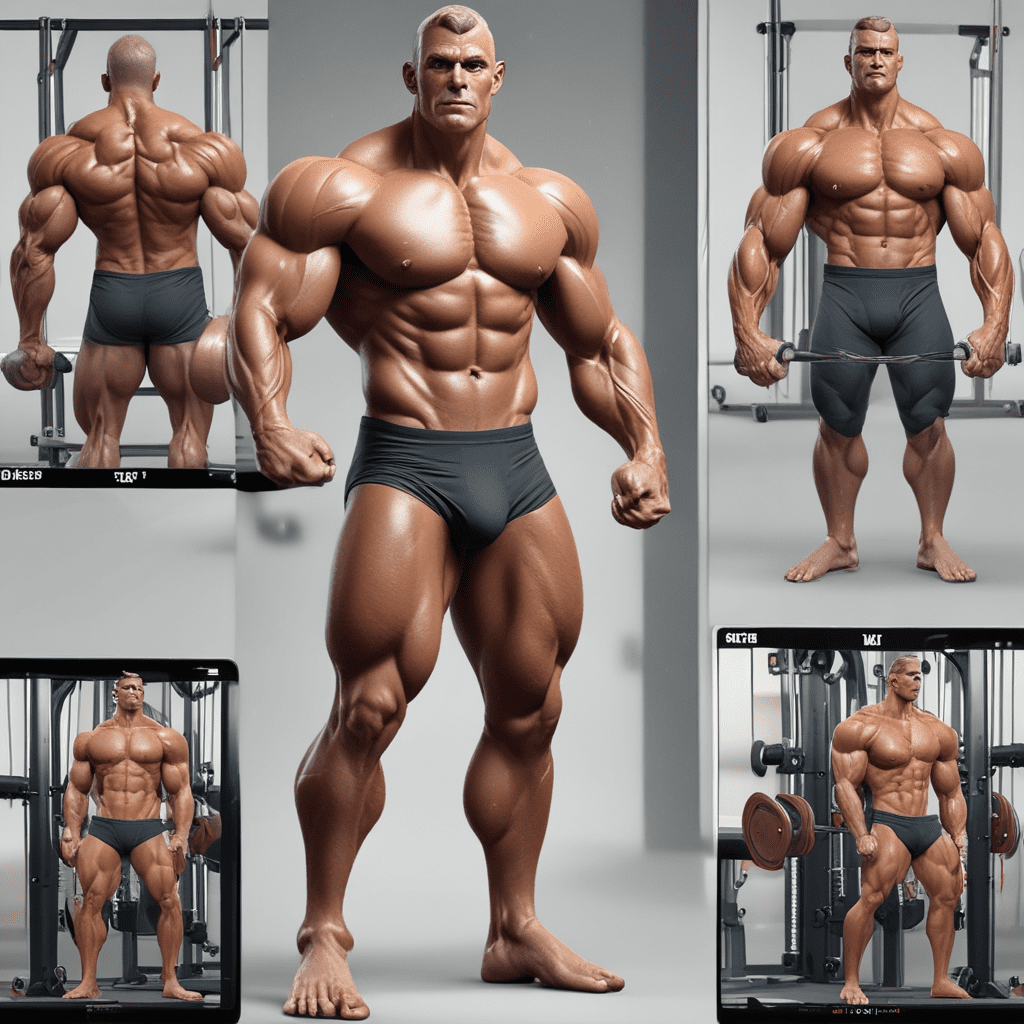
Unveiling the Muscles Targeted by Push-Ups
Get to know which muscles are primarily targeted by push-ups and how this exercise can help in building strength and endurance.
Understanding the Science Behind Push-Ups
Push-ups are a compound exercise that engage multiple muscle groups simultaneously, making them an efficient addition to any workout routine. They not only strengthen the upper body but also engage core muscles, providing a full-body workout.
Primary Muscles Targeted by Push-Ups
The main muscle groups targeted during push-ups include the pectoral muscles (chest), triceps (back of the arms), anterior deltoids (front shoulders), and the core muscles, including the rectus abdominis and obliques.
Beyond the Basics: Additional Muscles Engaged
Push-ups also work the serratus anterior, which helps in shoulder movement, as well as the muscles of the lower body, including the quadriceps, glutes, and hamstrings. This makes push-ups a versatile and comprehensive exercise for overall strength development.
Benefits of Targeting Multiple Muscle Groups
By targeting various muscle groups, push-ups not only promote upper body strength but also help improve overall stability, posture, and muscle coordination. This is essential for both daily activities and athletic performance.
Tips for Maximizing Push-Up Effectiveness
To optimize the muscle engagement during push-ups, it’s important to maintain proper form, engage the core throughout the movement, and gradually increase the number of repetitions. Variation in hand placement and elevation can also target specific muscle groups differently.
Frequently Asked Questions (FAQ)
Q: Can push-ups help in building muscle mass?
A: Yes, push-ups can contribute to muscle building, especially for beginners. To further promote muscle growth, increasing resistance and incorporating variations like diamond push-ups and decline push-ups can be beneficial.
Q: Is it normal to feel discomfort in the wrists during push-ups?
A: Some individuals may experience wrist discomfort due to improper hand placement or lack of wrist flexibility. Proper hand positioning and gradually increasing strength and flexibility in the wrists can alleviate this issue.
Q: How can push-ups benefit overall fitness?
A: Push-ups are a versatile exercise that can enhance upper body strength, core stability, and overall muscle endurance. They also contribute to improved cardiovascular health and can be incorporated into various workout routines for a well-rounded fitness regimen.


